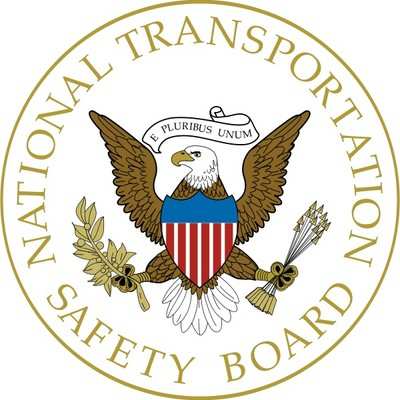Several Witnesses Reported Seeing The Pilot Out Of The Airplane At This Time
Location: Hanover Township, Pennsylvania Accident Number: ERA23FA045
Date & Time: October 29, 2022, 14:52 Local Registration: N964RS
Aircraft: Bearhawk Patrol Aircraft Damage: Substantial
Defining Event: Collision with terr/obj (non-CFIT) Injuries: 2 Fatal
Flight Conducted Under: Part 91: General aviation - Personal

Analysis: Before the flight, the pilot told a friend that the airplane had a rigging issue that seemed to cause the airplane to “kick” laterally during turns. His friend performed a 10-minute flight and reported that he noticed the odd yawing moment while performing turns. The pilot responded that he would address the issue at a later time. After fueling the airplane, the pilot and pilotrated passenger fastened their seatbelts and departed the airport. Flight track information indicated that, several minutes after departure, the airplane leveled off. Soon thereafter, witnesses reported that the airplane “rolled” then “bucked” as its nose “dipped down initially,” then pitched up “quickly.” Several witnesses reported seeing the pilot out of the airplane at this time, and one reported seeing the pilot impact then “spiral” off the airplane’s tail. Witnesses then observed the pilot and airplane descend to the
ground.
Ground scars and wreckage patterns indicated that the airplane impacted terrain in a nearvertical, nose-down attitude. All major airplane components were located at the accident site; however, paint chips, the airworthiness certificate, and portions of the cockpit ceiling or side window Plexiglas were the first items along the 1,900-ft-long debris path leading to the main wreckage (along the airplane’s flightpath), followed by a portion of a tail rib at 900 ft, and the pilot at 530 ft from the main wreckage. Postaccident examination of the engine revealed no evidence of any preimpact mechanical malfunctions or failures that would have precluded normal operation. Postaccident examination of the airframe revealed evidence consistent with the witness statements that the pilot impacted the empennage during flight.
Toxicology testing for the pilot detected the high cholesterol medication atorvastatin and the high blood pressure medication terazosin. There was no evidence of any acute issue on autopsy, and the pilot had been actively flying the airplane and was then observed outside of the airplane. Thus, the pilot’s cardiovascular conditions were not a factor in this accident.
Toxicology testing detected the antidepressant citalopram in the pilot’s heart blood and urine. While it is unknown how long the pilot was on this medication or the severity of his depression, witnesses reported that the pilot was functioning well, and looking forward to participating in a holiday airport event. Thus, effects from the pilot’s use of citalopram or the psychiatric condition for which he was taking the medication were not factors in this accident.
That the pilot was observed to have buckled his seatbelt and shoulder harness before flight, and that his seatbelt and shoulder harnesses were found intact, unlatched, and undamaged, suggests that he intentionally unbuckled his seatbelt during the short flight. Given his concern about the yaw during turns, he may have been attempting to observe the problem with the tail.
It is possible that either the pilot fell out of the airplane while attempting to observe the tail section, or that the pilot displaced a flight control while attempting to observe the tail, which then caused an abrupt pitching moment that ejected him from the airplane. Although the reason for the pilot’s exit from the airplane during flight could not be determined, his impact with the tail section of the airplane during flight resulted in substantial damage to the tail section and a subsequent loss of control during flight from which the pilot-rated passenger would not have been able to recover.
Probable Cause and Findings: The National Transportation Safety Board determines the probable cause(s) of this accident to be -- The pilot’s decision to unlatch his seatbelt during flight, which allowed him to exit the airplane and impact the tail, resulting in a loss of control and impact with terrain.
 ANN's Daily Aero-Term (12.01.25): Convective SIGMET
ANN's Daily Aero-Term (12.01.25): Convective SIGMET ANN's Daily Aero-Linx (12.01.25)
ANN's Daily Aero-Linx (12.01.25) NTSB Final Report: Remos Aircraft GmbH Remos GX
NTSB Final Report: Remos Aircraft GmbH Remos GX Aero-News: Quote of the Day (12.02.25)
Aero-News: Quote of the Day (12.02.25) ANN's Daily Aero-Term (12.02.25): Coupled Approach
ANN's Daily Aero-Term (12.02.25): Coupled Approach



